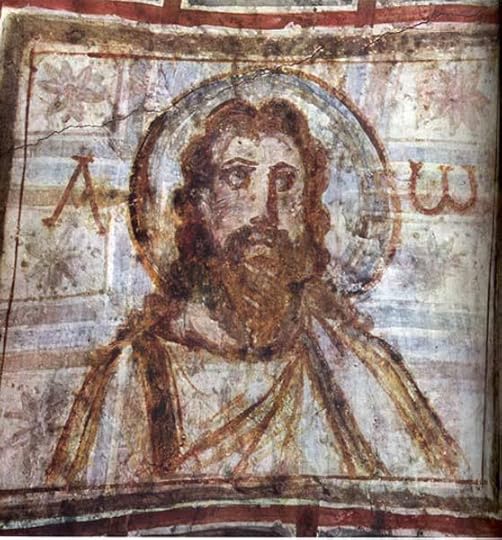Of Whiskers And Worship
Kimberly Winston analyzes Christianity’s “on-again, off-again relationship with the beard”:
St. Augustine wrote: “The beard signifies the courageous; the beard distinguishes the grown men, the earnest, the active, the vigorous.” But around 1000 A.D., the Canons of Edgar forbade clerical beards, declaring “Let no man in holy orders conceal his tonsure, nor let himself be misshaven nor keep his beard for any time, if he will have God’s blessing and St. Peter’s and ours.” And as for cleanliness (of face) being next to godliness, the Franciscans equate the beard with manliness. “The Friars shall wear the beard, after the example of Christ most holy,” their constitution reads, “since it is something manly, natural, severe, despised and austere.”
Ditto for the Eastern Orthodox, where a clergyman’s beard is seen as a sign of his devotion to God.
Orthodox Christians frequently cite Numbers 6:5 for their beards: “a razor shall not come upon his head, until the days be fulfilled which he vowed to the Lord: he shall be holy, cherishing the long hair of the head all the days of his vow to the Lord.” Today, beards are super popular among Christian hipsters. Exhibit A:Bearded Gospel Men, a blog for Christian men with big beards. Last year, Christianity Today published a handy-dandy guide to parsing a Christian man’s theology, denomination and profession by the cut of his beard.
(Photo: This fourth-century mural painting from Rome’s catacombs of Commodilla is one of earliest known images of a bearded Christ. Earlier Christian art in Rome portrayed Jesus as the Good Shepherd disguised as Orpheus: young, beardless, and in a short tunic. During the fourth century, Jesus started to be depicted as a man of identifiably Jewish appearance, with a full beard and long hair, a style not usually worn by Romans. Via Wikimedia Commons.)









Andrew Sullivan's Blog
- Andrew Sullivan's profile
- 153 followers




